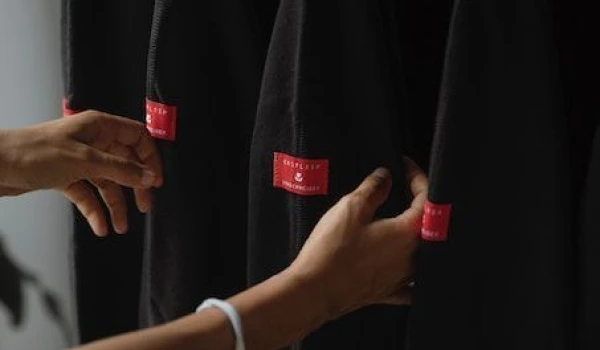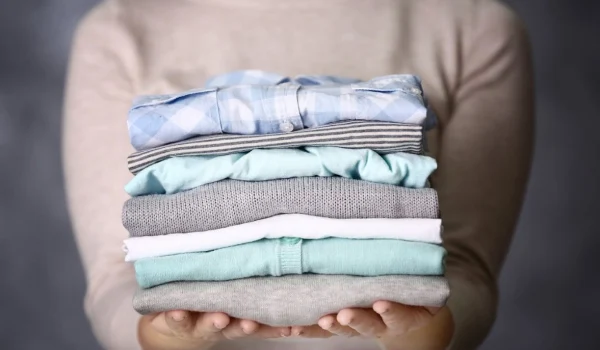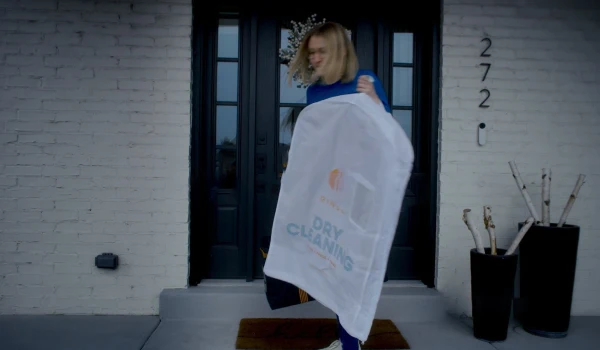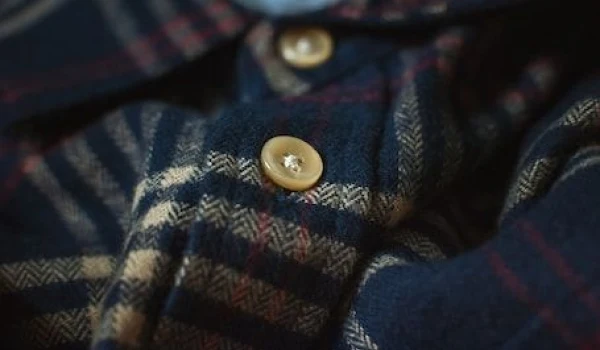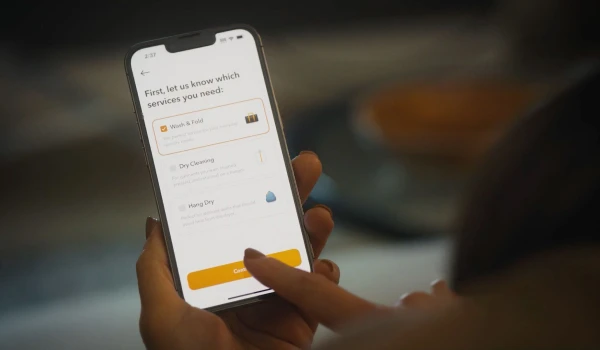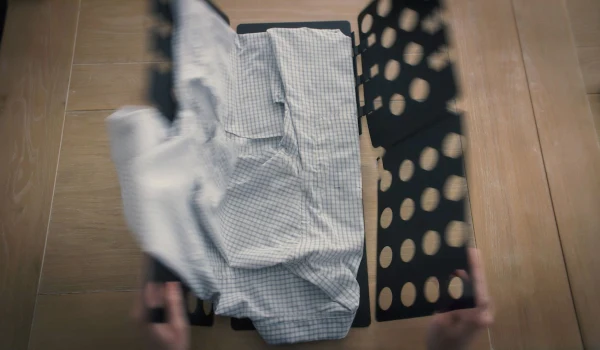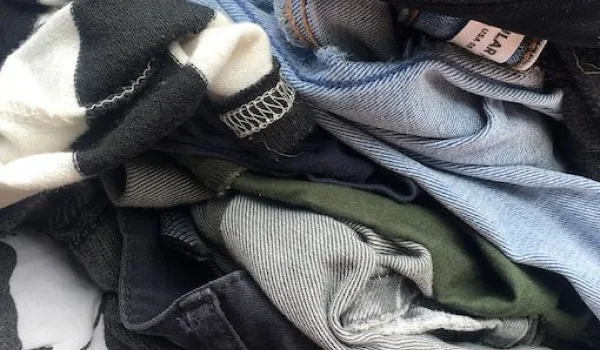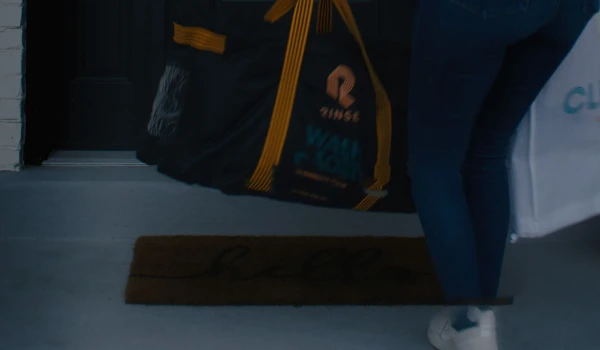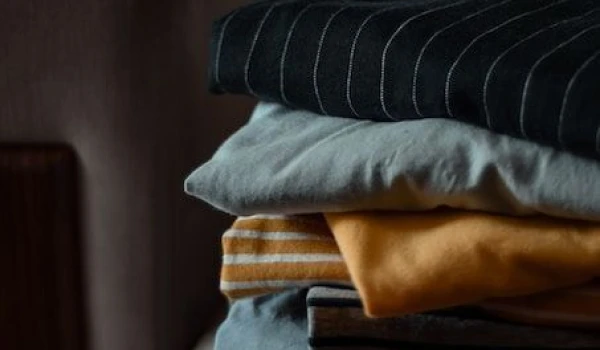Introduction
Cleaning a restaurant, especially a commercial kitchen, is no walk in the park, considering the scrutiny by health inspectors and customers. Even missing or overlooking the tiniest detail can lead to a whole slew of problems for restaurant owners.
That's where a comprehensive restaurant cleaning checklist comes in handy. It serves as a guide for restaurant owners to ensure that every possible area of their business has been thoroughly cleaned and sanitized.
But what goes into this checklist? Is it anything like house cleaning, or is there something more complex at hand? Let's find out.
The Importance of Regular Restaurant Cleaning
Regular cleaning, particularly in a restaurant's kitchen, is a must-do to prevent cross-contamination. According to the Canadian Institute of Food Safety, the common sources of cross-contamination in a commercial kitchen are kitchen equipment, utensils, cutting boards, mixing boards, cloths, towels, uniforms, and hairnets.
Another notable source of cross-contamination is insect infestations – cockroaches and flies can be carriers of disease-causing bacteria. Their presence in a kitchen is a sign of sanitation and hygiene issues that can be resolved with proper cleaning.
Cleanliness in a restaurant is not limited to sanitizing, scrubbing, mopping, wiping, and cleaning the furniture or other surfaces. It includes employees' sanitization measures, too. Are they washing their hands frequently? How often do they change their gloves?
It's important to ensure no cross-contamination is happening in the kitchen, both from employees to food and vice versa. When health emergencies arise, like COVID-19 or other viruses, cleanliness becomes even more paramount.
Ensuring top-notch cleanliness routines in your restaurant also gets you positive feedback during health inspections, a way to attract customers to dine at your establishment. The Food and Drug Administration (FDA) has food service codes and regulations you can consult for more guidance.

Front-of-House Cleaning Checklist
Would it be okay to create a kitchen cleaning checklist and call it a day? Not at all. The front-of-house is just as important as it's the first impression your guests have, and as we all know, the first impression is often the one that sticks.
Daily Cleaning Tasks
These tasks comprise the cleaning activities you need to perform during working hours and at the time of closing. Let's tackle both individually.
During the Day
- Wipe high-traffic areas such as tabletops, railings, door handles, chairs, and countertops with a disinfectant throughout the day.
- Wipe tables after every customer leaves.
- Clean the bathroom periodically and restock soap or toilet paper if needed.
- Empty wastebaskets as they fill up.
- Sweep the floor at least once every hour and mop if needed.
- Clean glass doors and windows to remove smudges.
At Closing Time
- Wipe all tabletops and chairs with a disinfectant.
- Vacuum the floor, paying extra attention to corners and behind furniture.
- Clean the menus.
- Sanitize the bathroom and restock any supplies.
- Empty wastebaskets and wipe down the bins.
- Clean the windows, doors, and their frames.
- Clean all equipment, such as the cash register, coffee machine, and soda dispenser.
Weekly Cleaning Tasks
Not everything has to be done every day. There are some tasks that, if done once a week, will keep your restaurant clean and safe. These tasks are more specific and often require more time too.
If possible, you can dedicate your restaurant's day off or a designated time for cleaning to attend to these tasks:
- Clean the ceiling fans to remove any dust buildup.
- Wash the walls and baseboards to get rid of any dirt trapped in them.
- Dust the shelves and other surfaces, such as picture frames or plants.
- Vacuum the nooks and crannies of the restaurant.
Monthly Cleaning Tasks
Here's a cleaning checklist of the tasks you only need to do once a month:
- Sanitize decorative elements, like artwork or plants.
- Clean the air conditioning unit.
- Clean the upholstery, carpets, curtains, and chairs while checking them for any damage or wear.
- Check and clean all the lights, including chandeliers and light fixtures.
Back-of-House Cleaning Checklist
The back-of-house mainly involves the preparation area, kitchen, and storage. Its cleanliness is essential to ensure food safety and employee well-being. Plus, you want the food prep area to be spotless to avoid contamination.
Commercial kitchens are much more complicated than residential ones. Naturally, they also have more equipment and surfaces. That's why it's necessary to organize your kitchen cleaning checklist into a routine with regular and specific tasks.
The regular ones range from tidying up the premises and mopping the floors to sanitizing counters, refrigerators, shelves, stoves, ovens, and other cooking surfaces. As for specific tasks on your list, these can include replacing old sponges with new ones and sterilizing all cutting boards.
Here are some daily, weekly, and monthly cleaning tasks to take on.
Daily Cleaning Tasks
The restaurant kitchen cleaning checklist can be broken down into sections:
Prep Stations
During the shift:
- Clean all surfaces before preparing food.
- Wipe the surfaces between prepping different ingredients.
- Clean the floors after spills and accidents.
At the end of the shift:
- Clean all tools and equipment, including containers, utensils, knives, cutting boards, and bowls.
- Sanitize all surfaces and equipment used during food preparation.
- Clean the floor mats and mop the floors.
- Refill the soap dispensers.
- Empty the trash cans.
Line
The ''line'' is where the cooks prepare and cook the food. There's a high risk of food contamination here.
During the shift:
- Scrape the grills and griddles between uses.
- Clean spills immediately.
- Sanitize all surfaces.
- Clean the fryers, ovens, and hood systems.
At the end of the shift:
- Empty the drip trays and clean them.
- Clean the microwaves and toaster ovens.
- Clean the vent hood, filters, and exhaust fans.
- Mop the floors and empty the trash cans.
- Put all the dirty linens and towels in the laundry basket.
Dish Pit
The dish pit is where the dishwasher washes the dishes and utensils. It usually has a conveyor belt or a rack where the dishes and utensils are placed.
During the shift:
- Empty the dishwashers after every cycle.
- Clean the surfaces of the dishwashers.
- Mop the floor to remove any soap or water that may have pooled.
At the end of the shift:
- Hand wash any utensil or dish that could not fit in the machine.
- Clean the sinks and washing stations.
- Sweep and mop the floors.
- Empty the trash cans.
Weekly Cleaning Tasks
Besides daily cleaning, it's also imperative to do weekly deep cleaning to ensure a safe and healthy environment for everyone. Here's what needs to be done:
- Toss out expired ingredients and food products.
- Clean the shelves and refrigerator doors.
- Clean the fryer, ice machine, refrigerator, and oven.
- Use a degreaser to clean the grills and griddles.
- Wash walls, light fixtures, and ceilings with soap and water.
- Sweep and mop all the floors.
Monthly Cleaning Tasks
Every month, dedicate a day to deep cleaning. The cleaning schedule should include all back sections of the restaurant, from the line to the dish pit and storage areas.
Pay close attention to all the appliances, from the fryers and ovens to the refrigerators and ice machines. Depending on your menu, you might also have additional appliances like food processors, slicers, mixers, etc. All of these need to be thoroughly cleaned at least once a month.
Here's what to do:
- Sanitize the walk-in coolers with a detergent-sanitizer mixture.
- Clean the commercial stovetop and ovens.
- Inspect and clean the ducts and hoods.
- Clean the drains in the dish pit and mop sinks.
- Polish all stainless steel faucets and sinks.
- Clean and sanitize all cutting boards with a vinegar solution.
Simplify Your Linen Care with Rinse
When creating a commercial kitchen cleaning checklist, many restaurant owners overlook the importance of clean kitchen linens and aprons. Often, these linens are responsible for the cross-contamination and health hazards that later get your restaurant bombarded with negative reviews on Google or Yelp.
Why not avoid this issue by outsourcing laundry and dry cleaning needs to a professional solution like Rinse? On one hand, it saves you a ton of time that your employees would otherwise have to spend washing the tablecloths, napkins, towels, aprons, and other linens.
On the other, it also ensures quality and consistent results. Boasting a convenient and tested cleaning process, Rinse provides a safe and hygienic way of dealing with laundry without having to lift a finger.
Want to learn more about Rinse?
Schedule a pickup to get started today and see for yourself why the hospitality industry is turning to Rinse for all its linen needs.




